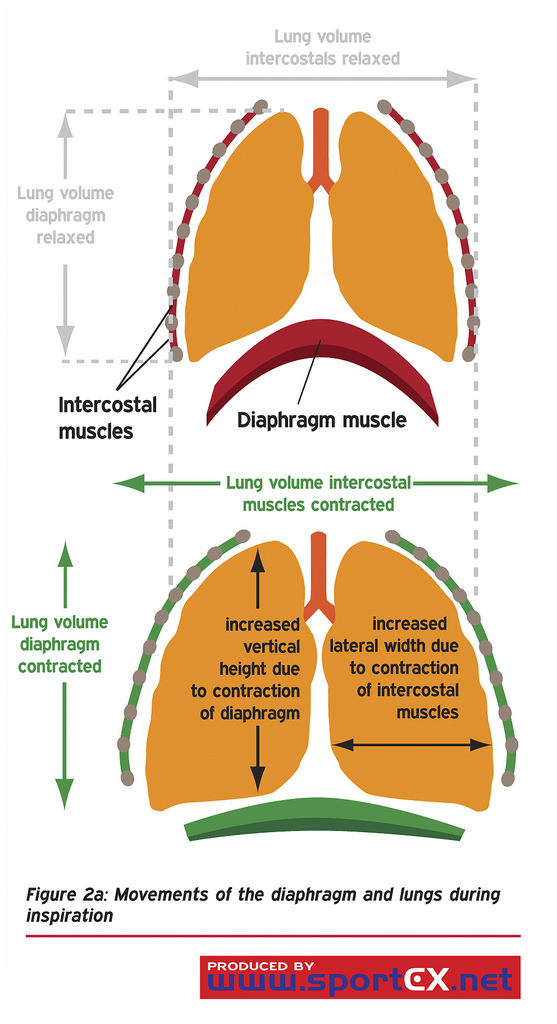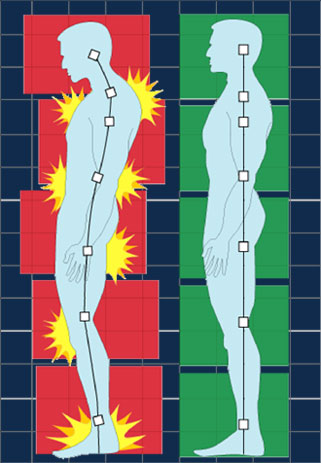Fundamentals of Singing - Breath Support
Sunday, September 17, 2017 by Jeffrey Tarr | Breath Support
If there is one area of contention amongst vocal pedagogues, I would say it is the area of breath support. In fact, we cannot even agree on a common name. Some instructors refer to this act as breath control; others refer to it is breath management. I choose the phrase "breath support" because it best describes the sensation that I feel as a singer. I want you to imagine a jewel; it sets a pretty column. That jewel is priceless - it is one of kind. The column is common but practical. This jewel represents your voice - it IS priceless and one of kind; the column represent the breath that we have created and continue to create each time we inhale.

Breath Support -works by engaging the lower abdominal muscles, creating higher pressure in the abdomen and thorax, allowing the diaphragm's relaxation (and upward rise) to be more carefully controlled. The rib cage remains as expanded as possible while singing.
To find those lower abdominal used in breath support simply make an open fist with one hand. Press the other hand into the lower torso underneath the belly button. Now blow into the open fisted hand as if you were blowing a horn and feel the tension in the lower torso as the lower abs are contracted, or as I like to say, activated.
It is important to note that the order of good singing is always: 1. Inhalation, 2. Activation, and 3. Phonation.
I find that hissing is an easy way to find this support. Again, press a hand into the lower abdominal region which is just under the belly button and hiss.
Hissing
- Inhale to the count of 4, breathe out, hissing, to the count of 4
- Then, breathe in for 6, and hiss out for 10
- in for 6, out for 12
- in for 2, out for 12
- in for 4, out for 16
- in for 2, out for 16
- in for 4, out for 20
- in for 1, out for 20 (remember we just need to upon the rib cage to allow the air to rush in, we do NOT need to gulp air.)
Fundamentals of Singing - Inhalation
Sunday, September 10, 2017 by Jeffrey Tarr | Inhalation
Inhalation - The act of taking in a breath.
It is important to present the two modes of breathing separately because it is impossible to support your singing without a good inhalation. Inhalation results from the negative pressure in the lungs caused by contraction of the diaphragm, which causes it to move downwards and to expand the chest cavity. The resulting flow of air into the lungs restores a pressure equal to that of the atmosphere. It is important to note that the breath originates with the diaphragm, NOT the mouth or nose.

Inhalation must be: silent, deep, and wide. Silent breathing is fundamental to good singing. Noisy inhalation causes tension and dryness in the throat as well as it just sounds bad. Deep breathing starts with the diaphragm, the muscle located under your lungs. The diaphragm moves downward and pushes the viscera (contents of the belly) down to make way for the lungs to expand. Wide breathing is initiated by the intercostal muscles in the rib cage. These muscles move outward from the lungs to make room for the lungs to expand horizontally. Avoid raising shoulders as you inhale.
Fundamentals of Singing - Posture
Sunday, September 3, 2017 by Jeffrey Tarr | Posture
Posture - the position in which someone holds their body when standing or sitting.

I like to build posture from the feet up. I like to think of myself as a tree growing up from the ground with a sense of strength and stillness.
Feet: Keep feet the hips’ width apart.
Knees: Keep your knees slightly bent to allow the diaphragm to descend and good circulation.
Abdomen: Relaxed - this is where singers differ from dancers in posture - Do NOT tuck your abdomen in.
Shoulders: Pull your shoulder blades back and down to lift your breastbone.
Arms: Relaxed - they are just "wet noodles" - allow them to dangle without tension or unnecessary movements.
Neck: Hold your head high and straight without tilting it forward or to the side. Your ears should be in line with the middle of your shoulders. Attempt to elongate the back of the neck to assume a noble posture.
The body at all times should remain relaxed; avoid rigidity as this causes tension in your sound.


